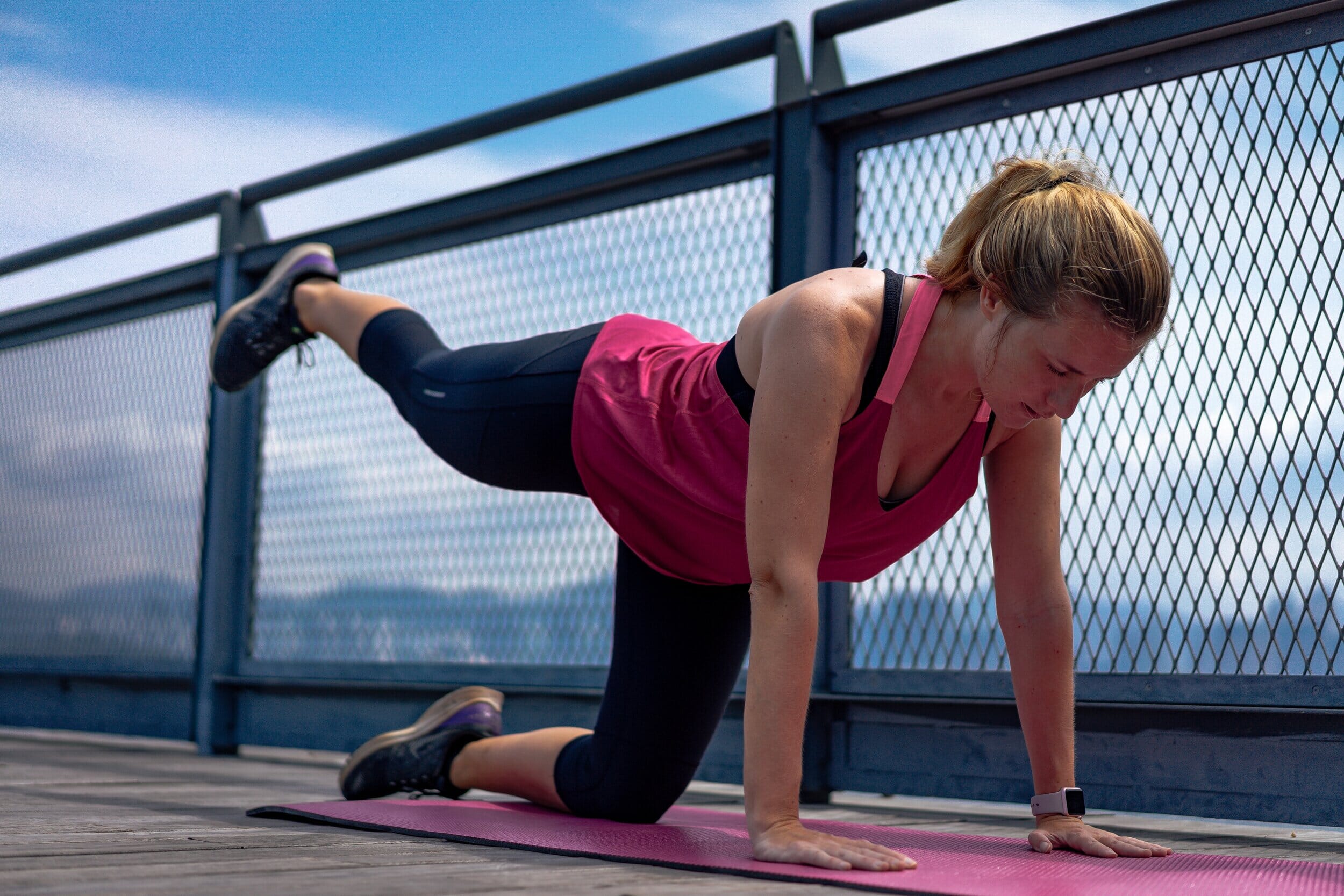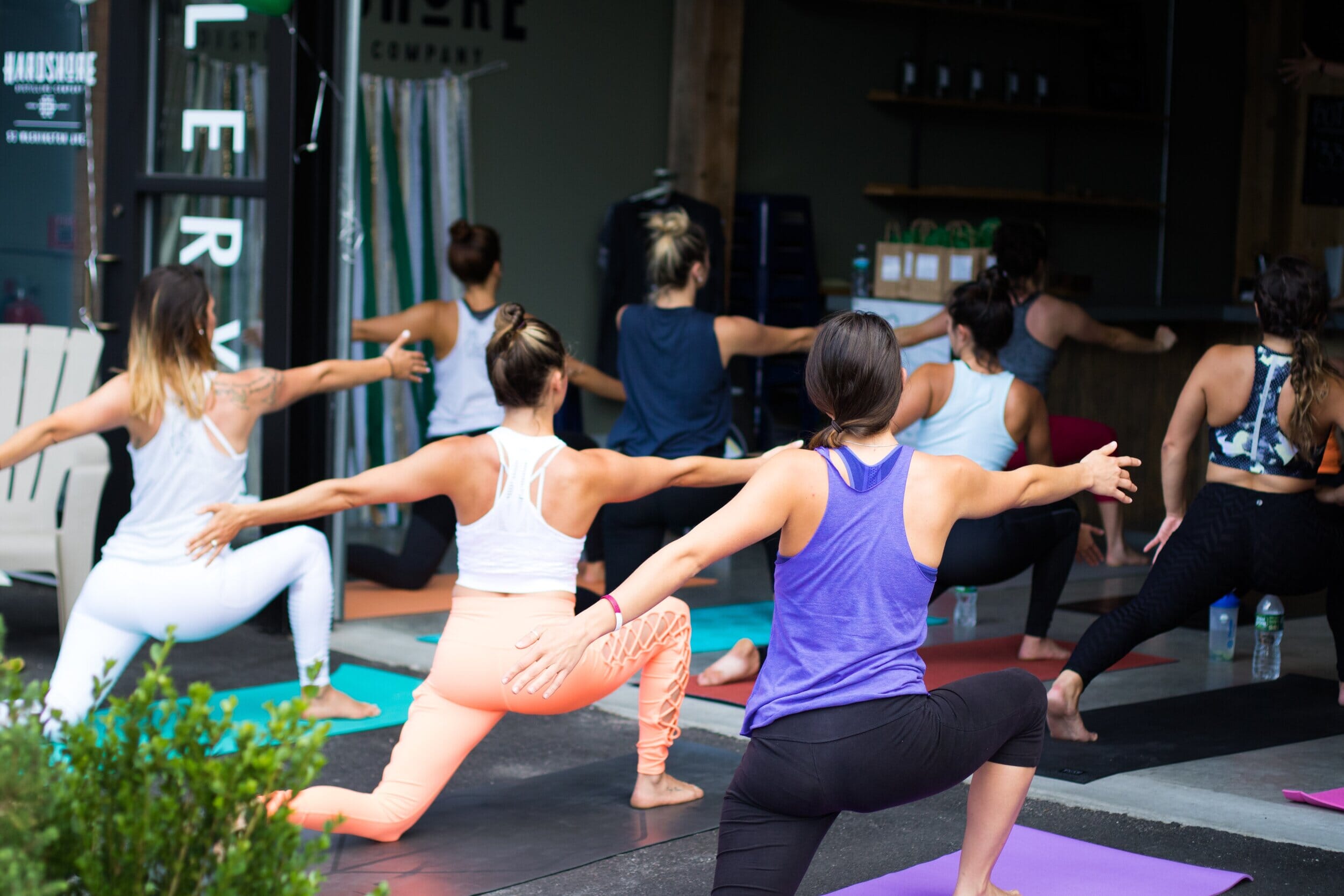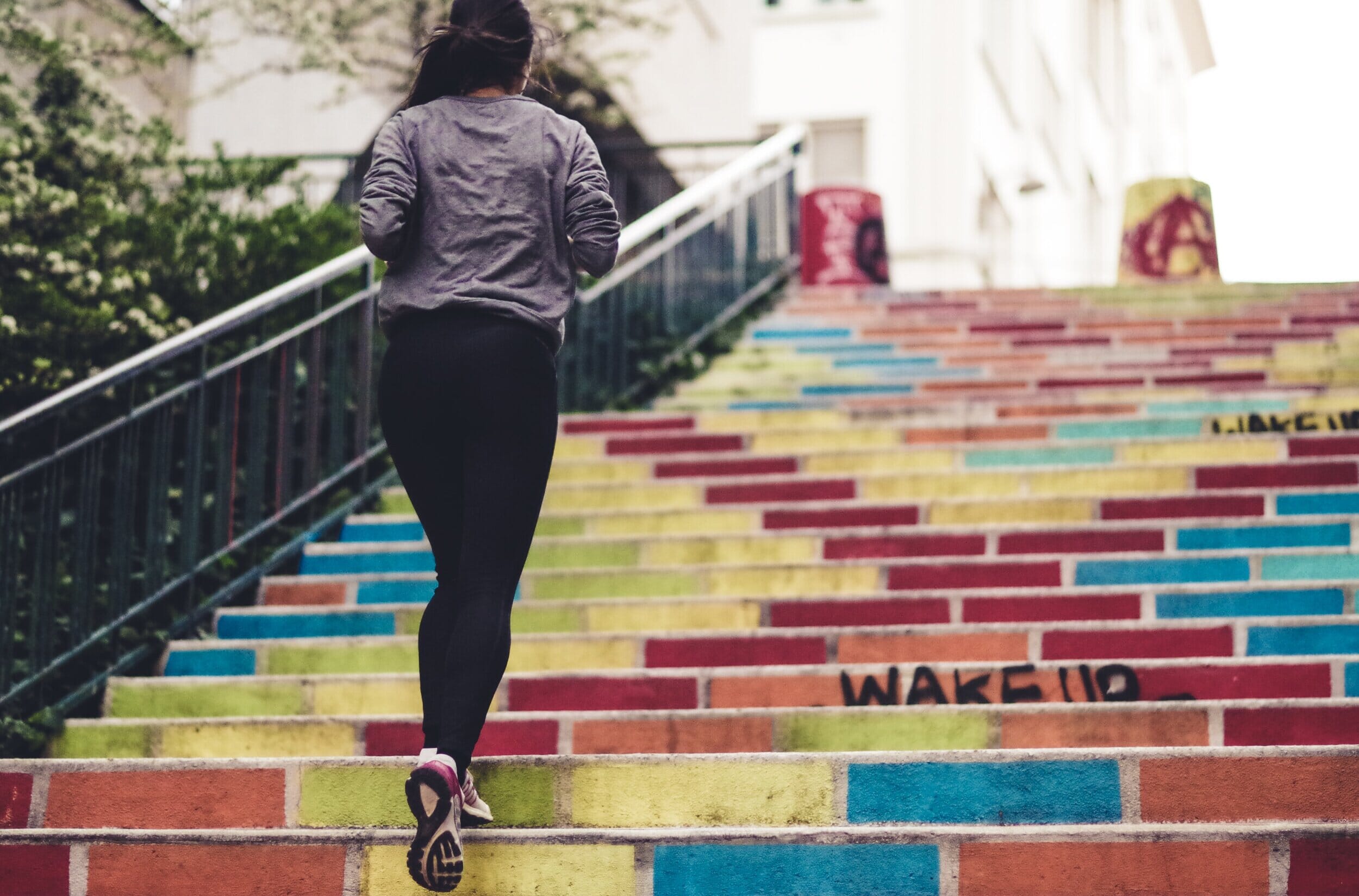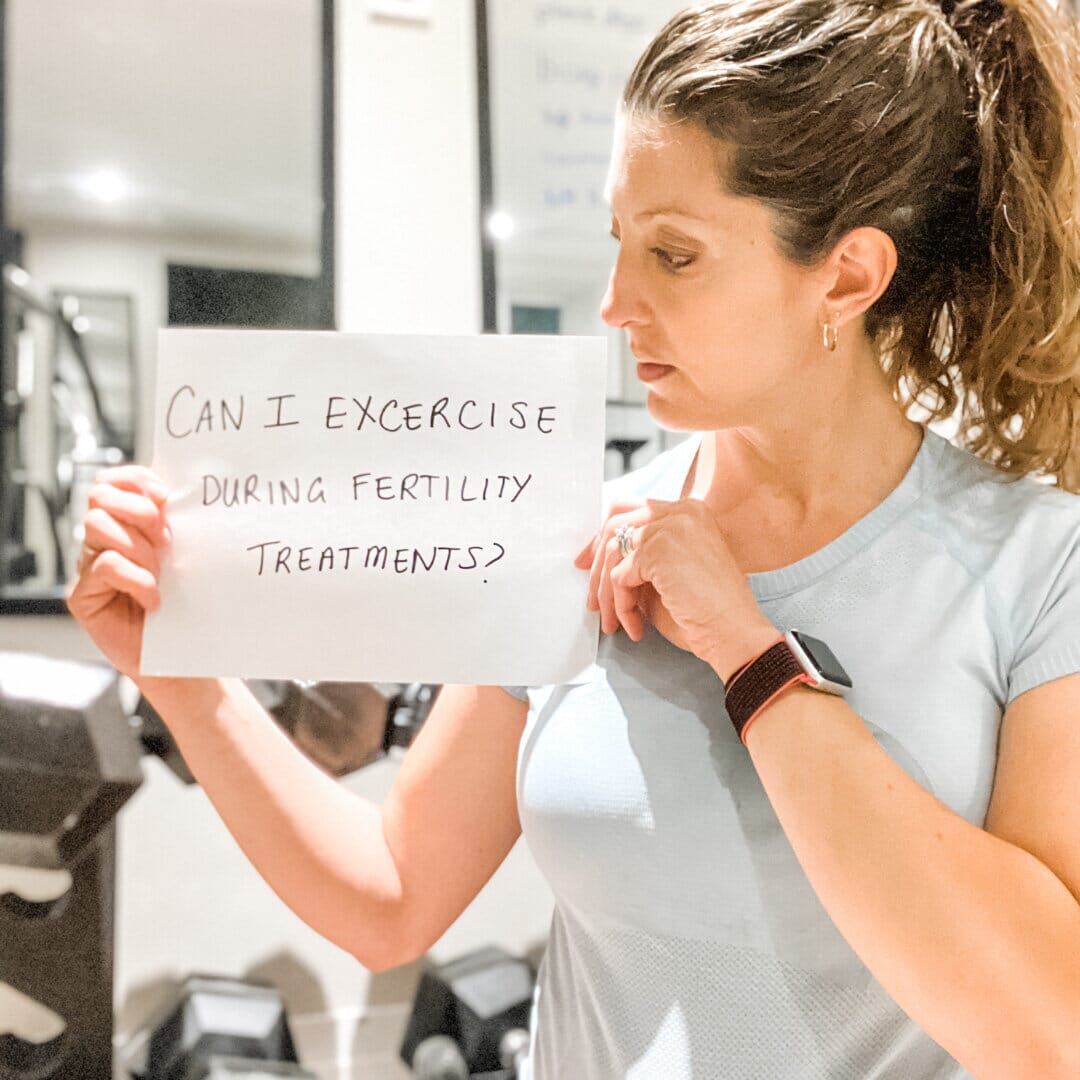“Can you exercise during IVF?” This is a big question for some IVF patients because exercise plays an important role in their lives. For some, it is a form of stress relief. For others, they may have worked hard to get to where they are from a physical fitness perspective, and they are worried about losing ground if they “sit out” this cycle. And for lots, exercise is an activity they enjoy—it makes them feel good and it's a part of their routine.
Whatever the motivation behind asking the question “Can I exercise during IVF?” we have the answer. In short, the answer is yes. But like all things fertility-related, it’s not that simple. Let’s look at what the research says about the ins and outs of exercise before, during, and after IVF.
Before IVF: Exercising to Support IVF Success
Research has shown that regular, moderate exercise leading up to an IVF cycle helps to increase your chances of success. Let me say that again:
Engaging in regular exercise leading up to IVF can increase your chance of pregnancy and live birth.
That’s a big deal! The meta-analysis looked at eight different studies and found a statistically significant increase in the rates of pregnancy and live births for active women, with no difference in miscarriage rates between active and inactive women.
So, what does “regular, moderate exercise” look like?
The recommendations are 150 minutes of exercise at a level where you are able to speak in short bursts (but not have a full conversation) over at least three days per week. And, as long as you haven’t been advised otherwise by your healthcare provider, you can enjoy a variety of exercises including biking, running, swimming, kickboxing, and weight lifting, as long as you’re staying in the moderate zone.
Here’s an example of what your week could look like:
- Monday – 30-minute run
- Tuesday – 20-minute yoga video
- Wednesday – rest day
- Thursday – 30-minute bodyweight exercises (think squats, lunges, etc)
- Friday – 20-minute brisk walk with a friend or the dog
- Saturday – 50-minute bike ride
- Sunday – rest day
That might seem totally doable for some. Others are moving their mouse to hit the X right now and close out this article. BUT WAIT! Don’t do it. If you are a non-exerciser, you do not need to leap into a full 150-minute weekly workout schedule.
Know that any bits of movement you can start to incorporate into your week are going to be beneficial. Start small. You literally need nothing but your body and a few square feet of space. Here is a great workout anyone can try. There are modifications for beginners and those who are more advanced, and it’s scalable, so it can be 10 minutes, 20, or 30. You can work your way up!
“IVF Got This” Pre-Cycle Workout
Do a nice warm-up to begin with (skip, march, dance around!) then try each of these exercises for 45 seconds, then take a 15-second break before moving onto the next exercise. Repeat the circuit for as long as you have available or feel up to! Finish by cooling down and stretching for a few minutes.
Beginners: Try this without the jumps! Lunge instead of lunge jump, squat instead of squat jump, stand instead of jump up for the burpees, march instead of run on the spot.
Want more detailed guidance? myMindBodyBaby’s Prepping for Treatment Fitness & Nutrition Program provides you with day-by-day exercise guidance, workout videos, a complete meal plan + mental well-being tools to prepare you, body and mind, for a successful IVF cycle.
During An IVF Retrieval Cycle
The exercise guidelines change for egg retrieval. You will be placed on medication to stimulate the maturation of multiple eggs and your ovaries will become significantly larger in size. They are like big oranges on tiny little straws. High impact exercises, sudden changes in direction, twists, and turns put those little straws (aka your fallopian tubes) at risk of twisting over on themselves (called ovarian torsion) due to the size of the oranges (your ovaries). The risk is small (reports estimate less than 0.5%), but it is still there, and if it happens the impact can be serious.
During your IVF retrieval cycle you should avoid:
- High impact exercise, like running, movements with jumping, etc.
- Sudden changes of direction, like a flip turn at the end of a swimming lap
- Twists, like in some yoga poses
- Inversions, again, as are done in some yoga poses or gymnastics
Your body is going through a lot during IVF. In addition to avoiding exercises that put you at risk for ovarian torsion, give yourself the self-care and rest you need. Trying sticking with gentler, more restorative options like walking, yoga flows (without twists, binds, or inversions), and low-impact movements.
myMindBodyBaby’s comprehensive IVF Fitness and Nutrition Program provides full guidance on exercise, with video-led workouts, for all stages of an IVF cycle.
After IVF Retrieval
After egg retrieval, your ovaries will take some time to shrink back to their normal size, so until you are cleared by your fertility doctor, the same guidelines as above apply. The day of and a few days after your retrieval you may feel tired, sore, and not up for much other than binging that TV series you’ve been waiting to watch from the comfort of your couch. Take the time you need to rest and replenish your body with good-for-you foods and hydrating liquids (to reduce the risk of OHSS). Check out this article for more details on nutrition for IVF.
Before Embryo Transfer
There are two types of embryo transfers—fresh and frozen. If you are proceeding with a fresh transfer 3-6 days after your egg retrieval, then again, the same guidelines as above apply. You will still be recovering from your retrieval and your ovaries will still be enlarged at the time of the fresh embryo transfer.
If you are doing a frozen embryo transfer (FET), then you will have had at least a month after your egg retrieval, possibly even longer. Once you have been cleared by your fertility clinic, you can resume your regular, moderate exercise leading up to your frozen embryo transfer.
After Embryo Transfer (aka The Two-Week Wait)
Ah, here it is, the terrifying two-week wait (TWW). We have a full article on exercising during the TWW here, but here are the takeaways:
- Regular, moderate exercise (as long as you have been given the green light by your fertility clinic) can be continued during the two-week wait.
- Weigh the benefits of exercise with any mental stress it might cause. Despite what the research shows, if going for a light run is going to make you fearful that you just put your entire IVF cycle at risk (it won’t) then it is not worth it. Go for a rejuvenating walk instead.
The two-week wait is when we are all hoping for that magical moment to occur—implantation. At myMindBodyBaby, we have put together a great implantation checklist. This will take you through key considerations to help optimize implantation post embryo transfer. You can get that here.
IVF is big deal. We get it. You are investing significantly mentally, emotionally, physically, and financially. You need this cycle to work, and you have a lot of questions about what you should (and shouldn’t) be doing physically (although hopefully, you have more answers on that after this article!), mentally, and nutritionally. That’s why we created our IVF Fitness and Nutrition Program, which is recommended by fertility clinics.
This program provides everything you need to optimize your IVF cycle. From IVF-safe exercise videos to visualizations you can use while lying on the table for your egg retrieval or embryo transfer, to a complete day-by-day meal plan with a bonus egg retrieval and embryo transfer recipe guide. It is an easy-to-follow, comprehensive, research-based program to guide you every step of the way through a successful IVF cycle. You can grab your copy here => IVF Fitness and Nutrition Program.
Lyndsey Clabby is a Fitness Instructor Specialist & Co-Founder of myMindBodyBaby, an online community to support those struggling with their fertility. They offer fertility lifestyle programs to optimize your chances of getting pregnant. Visit their shop!









.png)
.jpg)


.webp)



.png)

%20for%20Sparkling%20Dishes%2060%20Auto-Release%20Tabs%20(Unscented)%20Health%20&%20Household.png)









